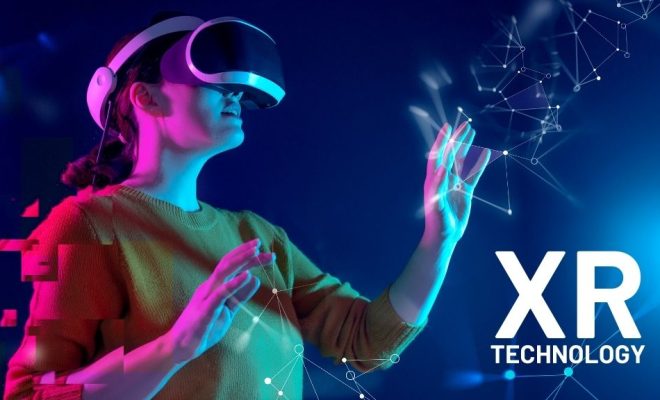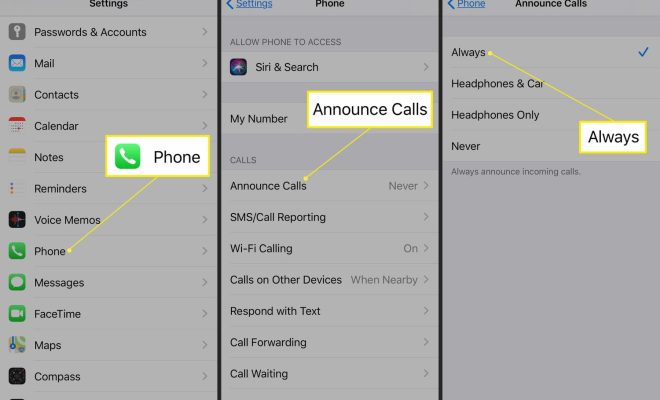What Is XR (Extended Reality)?

XR (Extended Reality) is a term that is becoming increasingly popular in technology circles. It refers to the umbrella category that encompasses all forms of simulated, augmented, or virtual experiences. This umbrella term is used to describe how technology is extending and enhancing our reality, from providing immersive gaming experiences to transforming the way we interact with our environment.
XR includes several technologies and platforms, including virtual reality (VR), augmented reality (AR), and mixed reality (MR). In VR, users are placed in a completely simulated environment that they can interact with using special equipment such as head-mounted displays and controllers. AR, on the other hand, overlays digital information and graphics onto the real world using a mobile device or a pair of smart glasses. Finally, MR, also known as hybrid reality, is a blend of the two, immersing users in a partially virtual environment while still allowing them to interact with the real world.
The applications of XR are vast and varied. In the entertainment industry, VR is being used to create immersive experiences and games, and AR is adding an extra layer of excitement to events such as music festivals, sports events, and museum exhibitions. In the healthcare industry, XR has already been shown to help patients manage pain, as well as assist doctors in training and surgical procedures. XR is also making waves in the education sector, where students can learn about almost anything by immersing themselves in digital environments.
There are also practical applications of XR in the workplace. Engineers can walk through virtual models of buildings and make changes to the design in real-time. Similarly, architects can use AR to view their plans overlaid on the construction site, making sure everything is in the right place. XR is also being used in employee training, allowing trainees to interact with simulations of potentially dangerous situations in a controlled environment.
Despite its numerous use cases and potential benefits, the widespread adoption of XR is not without its hurdles. Cost is certainly a factor for consumers, as the equipment necessary for VR or MR can be expensive. Additionally, there is still some confusion around the differences between VR and AR, with some mistaking one for the other. Finally, there may be a degree of social stigma associated with wearing headsets or smart glasses in public, although this is likely to change as the technology becomes more mainstream.
XR is an exciting and rapidly developing field that has the potential to revolutionize the way we live, work, and play. As the technology continues to improve and become more accessible, we can expect to see more applications of XR across all sectors of society.





